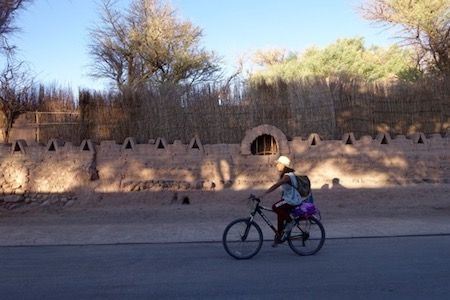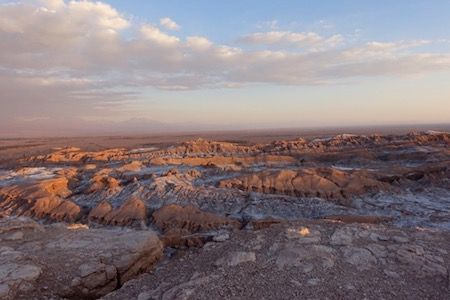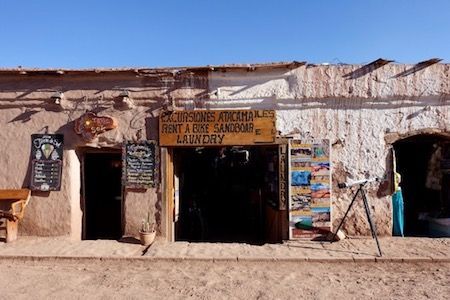- Revenue Cycle Management
- COVID-19
- Reimbursement
- Diabetes Awareness Month
- Risk Management
- Patient Retention
- Staffing
- Medical Economics® 100th Anniversary
- Coding and documentation
- Business of Endocrinology
- Telehealth
- Physicians Financial News
- Cybersecurity
- Cardiovascular Clinical Consult
- Locum Tenens, brought to you by LocumLife®
- Weight Management
- Business of Women's Health
- Practice Efficiency
- Finance and Wealth
- EHRs
- Remote Patient Monitoring
- Sponsored Webinars
- Medical Technology
- Billing and collections
- Acute Pain Management
- Exclusive Content
- Value-based Care
- Business of Pediatrics
- Concierge Medicine 2.0 by Castle Connolly Private Health Partners
- Practice Growth
- Concierge Medicine
- Business of Cardiology
- Implementing the Topcon Ocular Telehealth Platform
- Malpractice
- Influenza
- Sexual Health
- Chronic Conditions
- Technology
- Legal and Policy
- Money
- Opinion
- Vaccines
- Practice Management
- Patient Relations
- Careers
Space Travel on a Budget
Elon Musk is now saying that private citizens can fly to the moon. The cost? A lot — millions and millions and millions. But, there is a way for us lesser beings to participate. By visiting the Atacama Desert, the driest place on earth. Its terrain is like the moon. The advantage to more minor mortals is that the price is minimal compared to a moon jaunt, plus getting there and coming home is easier (also safer, I assume).

Elon Musk is now saying that private citizens can fly to the moon. The cost? A lot — millions and millions and millions.
But, there is a way for us lesser beings to participate. By visiting the Atacama Desert, the driest place on earth. Its terrain is like the moon. The advantage to more minor mortals is that the price is minimal compared to a moon jaunt, plus getting there and coming home is easier (also safer, I assume).
The desert is in Northern Chili just below Bolivia. As such it is West of Argentina and though farther from Peru than Bolivia, also South of it. This is what I found on my recent three-day trip to the Atacama Desert with family.
On our flight from Santiago to Calama, the entrance city for San Pedro where we stayed, I felt like we were flying into flatlands. Initially, we cleared the mountains surrounding Santiago, but soon began to distance ourselves from any elevation. The mountains leveled. We began to see a monotonous brown. This continued into our destination city, San Pedro, about an hour drive from the airport at Calama. It is composed of adobe houses on narrow, dusty and pot-holed roads. I had imagined our hotel, the Noi Casa Atacama, would be in an oasis, but that was not to be. It, too, was situated on an unpaved road with little to no hint on the exterior that the interior was appealing.
The altitude is high in San Pedro, about 9,000 feet. Most people tolerate this elevation without any trouble. But, some of the tours venture to above 14,000 feet. This is recommended only for those who have been in San Pedro for a few days and have adjusted to the altitude. Otherwise, altitude sickness can occur, a nasty side effect for anyone to experience during a vacation.
Day 1
Our first trip was the evening we arrived, the astronomical tour. Experiencing this in the driest place on earth is the optimal way to see the sky at its most magnificent. The stars and planets are visible in all their glory. Our excursion consisted of a didactic and two on-site observations. One was outdoors observing the stars and planets, first with our naked eye and then with a 90x telescope. The second on-site was in the elevated observatory looking at the same stars and planets through a scope that magnified 500x. This tour was easy and informative.
Day 2: Morning — Death Valley
This four-hour trip is a short drive from San Pedro. It is in the Salt Mountains with sand formations of exquisite colors due to centuries of wind and flood erosion. A particularly fun part of this trip was sliding down a sand dune, up to 750 feet high, in whatever fashion possible, on foot or derrière. Perhaps I should be ashamed to say, I chose the latter.

Day 2: Evening — Valley of the Moon
This valley has not seen rain in the last 100 years. As a result, the wind sculpts the sands making an other-worldly sight similar to that on the moon. This valley is known for its sunsets when all shades of mellow colors envelop the landscape.

Day 3: Morning — The Rainbow Valley
This half day tour is about an hour drive from San Pedro. The highlight is the variegated rock colors that reflect the minerals within due to years of geological weathering. It also included petroglyphs.

Day 3: Evening — San Pedro
Services offered along the streets of San Pedro include tours, restaurants, jewelers and about anything else you can image as suggested by the sign on the establishment below.

We stayed at the Noi Casa Atacama Hotel near the village center. It is right next door to the Awasi Atacama, a Relais & Chateaux property, and much less expensive. The tours we took were arranged through Micaela, the on-site tour director. She is sharp and on top of her game, though, I must admit I was discouraged by our initial conversation. We had hoped to take the flamingo tour, one of the most popular. Micaela told me (and I paraphrase), “The flamingoes are gone; they fly to Peru for the season.” There is one thing I learned from this conversation. Don’t trust assumptions. Call or E-mail ahead to find out what really is available when you are thinking of going to the Atacama Desert.
On a similar note, I was told the San Pedro Museum was closed because (and again, I paraphrase), “The air-conditioning went off and the mummies deteriorated. They had to go to Argentina for restoration.” I took this literally, but now have reason to believe the rest of the museum remained open and we unnecessarily missed it.
As to the hotel, itself, Noi Casa Atacama is pleasant and the showers are fabulous. The service was good except perhaps meals for a larger group. One night at dinner, the six of us waited for two hours for appetizers followed very much later by our entrees. The whole dinner took three hours and we had two hungry teenangers with us. Everyone became cranky. We were the second to enter the dining room and the last to be served, only because there were six of us as far as I could tell. To the hotels’ credit, however, they did not charge for that meal. The food, itself, was very good. Another restaurant that I can recommend is the Baltinache, about a 10-minute walk from the hotel. Be sure to bring flashlight as the roads are very dark at night.
If I were to visit the Atacama Desert area again, I would do a few things differently. First, I would spend more than two full days. Secondly, I would take advantage of the free or less expensive attractions, for example the San Pedro Museum and the Meteorite Museum. Additionally, there are sights that require only a bicycle or are a short cab ride away from town and a tour isn’t needed. These include the Fortress of Pukara, roughly two miles from San Pedro. It is also possible to visit Aldea de Tulor, another archaeological site, on bicycle as well as the Valley of the Moon. I would consider the latter suitable only for the most fit individuals.
Another visitor at the Noi Casa Atacama told me that the Atacama Desert is the #2 choice of desirable places to travel in a recent 2017 New York Times line-up. Who knew? Saving money and being trendy are now one, a positive for any traveler. We visited the moon and it was easy.
All photographs by the author, Shirley M. Mueller, M.D.
